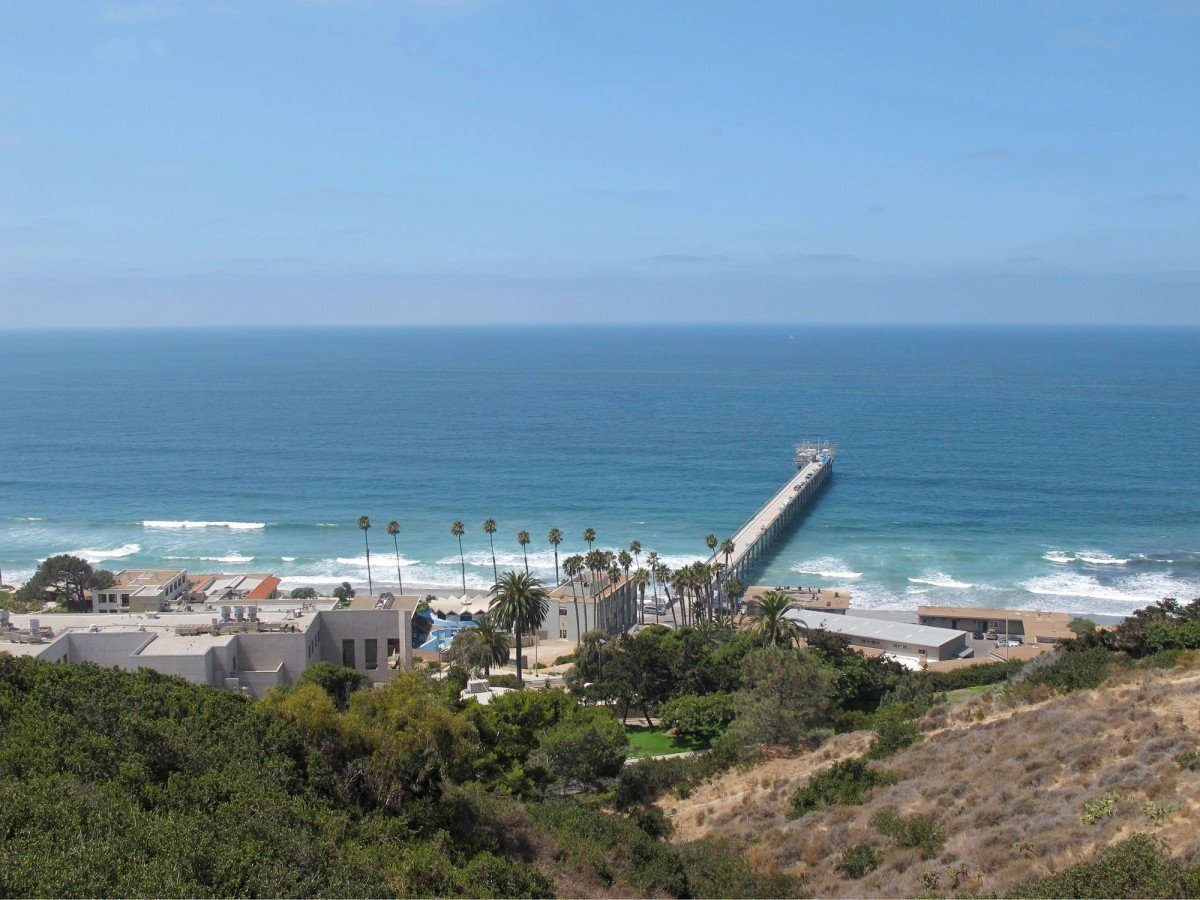Scripps Institution of Oceanography
San Diego, California

Accurately recording CO2 atmospheric levels
Charles David Keeling's recording of carbon dioxide has become the world's most famous record of human-caused emission of greenhouse gases.
The Scripps Institution of Oceanography in La Jolla, California sponsored Keeling's work from 1958 - 2005. Scripps enabled Keeling to establish a collection site on Mauna Loa in Hawaii. The Mauna Loa site is 2 miles above sea level and its atmosphere is less variable than that of North America.
Keeling first began collecting carbon dioxide samples in 1958. He noted strong seasonal variations, because the northern hemisphere contains the preponderance of deciduous trees. CO2 measurements begin to rise in September as leaves in the northern hemisphere fall and decay, reaching a peak in May just before extensive leaf growth resumes.
Keeling was so dedicated to precision that by 1960 he was able to produce data showing that while CO2 levels increased and decreased in the course of a year, there was a detectable rise in CO2 over time. This steady rise in CO2 has come to be called the "Keeling Curve".
Although the key atmospheric measurements were made in Hawaii, APS chose to designate Scripps as the historic site because the analysis and development of the data, as well as Keeling's critical interactions with then Scripps Director Roger Revelle, took place in La Jolla.